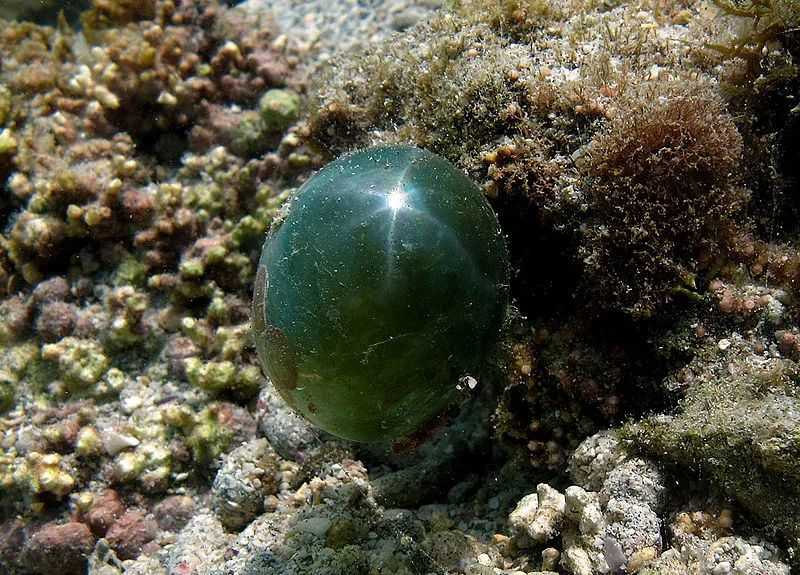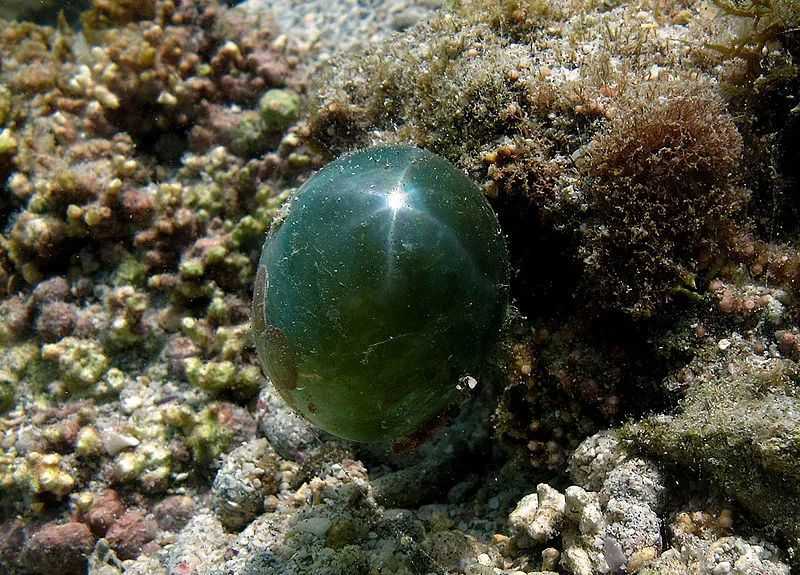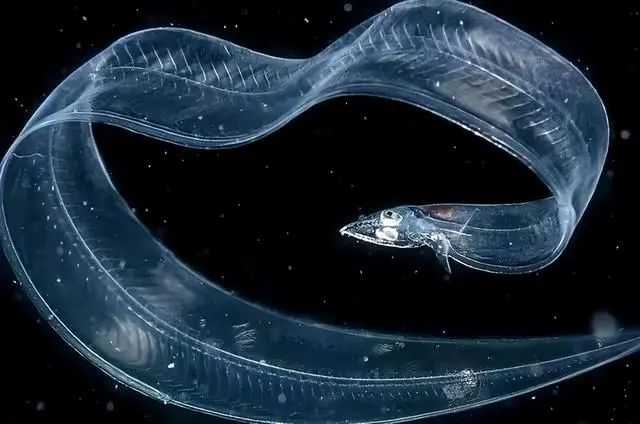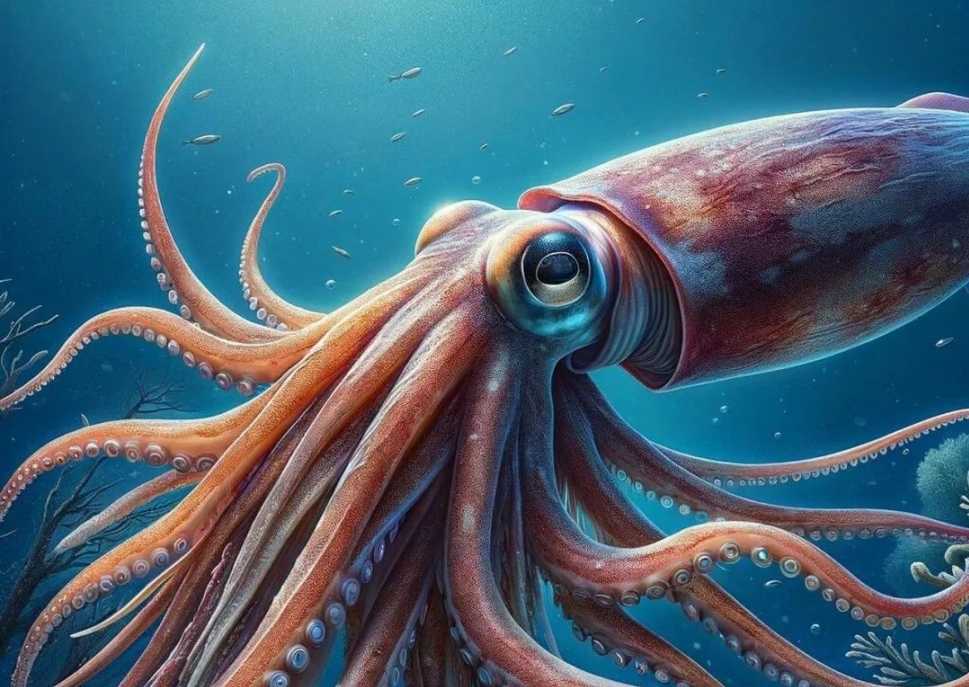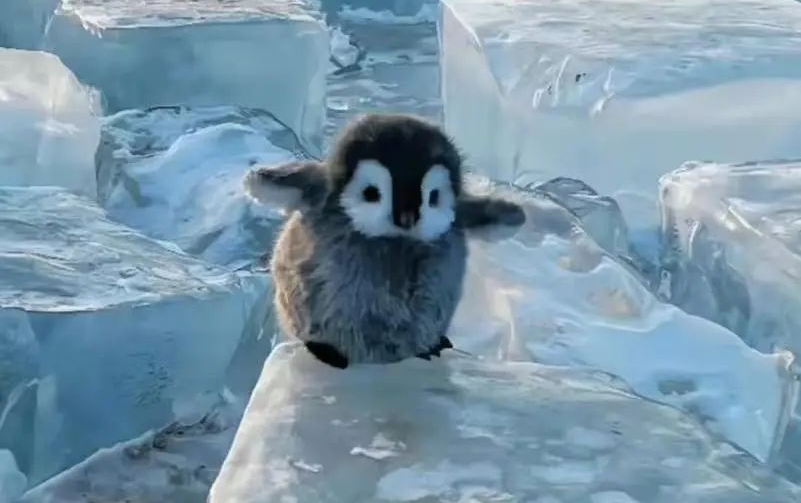Known as the "bubble alga" or "sailor’s eyeball," Valonia ventricosa is a remarkable marine alga and one of the largest single-celled organisms on Earth. Thriving in tropical and subtropical oceans, this spherical green alga has fascinated biologists for its unique structure—each "bubble" is a single cell that can grow up to 5 centimeters in diameter, defying conventional notions of cellular size.
The Bubble Alga: Nature’s Giant Single-Celled Marvel Floating in Tropical Seas
Known as the "bubble alga" or "sailor’s eyeball," Valonia ventricosa is a remarkable marine alga and one of the largest single-celled organisms on Earth. Thriving in tropical and subtropical oceans, this spherical green alga has fascinated biologists for its unique structure—each "bubble" is a single cell that can grow up to 5 centimeters in diameter, defying conventional notions of cellular size.
Source: Images from the Internet, if there is any infringement, please contact the removal of
- Giant Unicellular Wonder
Unlike most single cells visible only under a microscope, Valonia ventricosa forms hollow, rubbery spheres with a bright green chloroplast-laden cytoplasm lining the cell wall. The interior is filled with a watery sap, maintaining turgor pressure to sustain the bubble’s shape. This extraordinary size is achieved through nuclear division without cell division, resulting in a coenocytic structure (multiple nuclei within a single cell membrane).
- Photosynthetic Strategy
Living in shallow, sunlit waters, the alga uses chlorophyll to perform photosynthesis, converting sunlight into energy. Its spherical shape maximizes light absorption, while the thick cell wall protects it from herbivores like sea urchins and fish. When disturbed, the bubbles may release a sticky mucilage, deterring predators.
- Habitat and Distribution
Found in clear, warm waters from the Indian Ocean to the Caribbean, Valonia ventricosa attaches to reefs, rocks, or seagrass beds using fine rhizoids (root-like structures). It prefers areas with moderate wave action, which provides nutrients and prevents sediment buildup.
- Role in Marine Ecosystems
As a primary producer, the bubble alga contributes to oxygen production and serves as a habitat for tiny invertebrates seeking shelter within its folds. Its decomposing cells release nutrients into the water, supporting coral reef health. However, under certain conditions (e.g., nutrient runoff), it can form dense mats, outcompeting other algae and disrupting local ecosystems.
- Cell Biology in the Extreme
Valonia ventricosa is a model organism for studying cell physiology, as its large size allows researchers to easily manipulate and observe cellular processes. Studies on its membrane transport and osmotic regulation have shed light on how single cells maintain homeostasis.
- Marine Ornament and Conservation
In the aquarium trade, bubble algae are prized for their unique appearance but require careful maintenance to prevent overgrowth. In the wild, they face threats from coral bleaching, ocean acidification, and human disturbance. Their presence in a reef is often an indicator of water quality, making them valuable ecological sentinels.
With its spherical form floating in sunlit seas, Valonia ventricosa challenges our understanding of life at the cellular level. This "sailor’s eyeball" reminds us that in nature, even the simplest forms can achieve extraordinary feats—proving that size and complexity are not always synonymous, and that a single cell can hold the beauty and resilience of an entire organism.
